Amsterdam’s historic Red Light District has long captivated the public’s imagination, with its vibrant past and complex present. What began as a medieval riverside hub for sailors and travelers has evolved into a symbol of progressive attitudes towards sex work and personal freedoms. Beyond the infamous window displays, this iconic neighborhood reflects the city’s rich architectural heritage and diverse cultural landscape. As we peel back the layers of this infamous district, we uncover a story of transformation, societal values, and the enduring allure of Amsterdam’s oldest quarter.
Good To Know
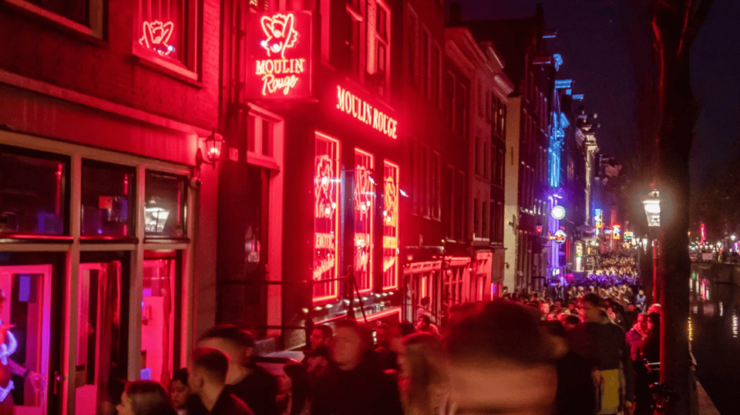
The Red Light District in Amsterdam has a rich medieval history, evolving from a bustling commercial hub to a complex, contested space reflecting social changes.
The district’s transformation showcases Amsterdam’s progressive approach to sex work and sexual health, balancing heritage with human rights and evolving social norms.
Zeedijk Street represents the district’s celebrated diversity, featuring ethnic restaurants, pubs, and community centers, alongside iconic landmarks like Nieuwmarkt and De Waag.
The canal network and Oude Kerk provide insight into Amsterdam’s architectural heritage, trade routes, and religious and social dynamics throughout the district’s history.
Warmoesstraat illustrates the changing attitudes towards morality and social norms, while the Condomerie symbolizes the city’s commitment to sexual health advocacy and empowerment.
Unraveling Amsterdam’s Medieval Roots
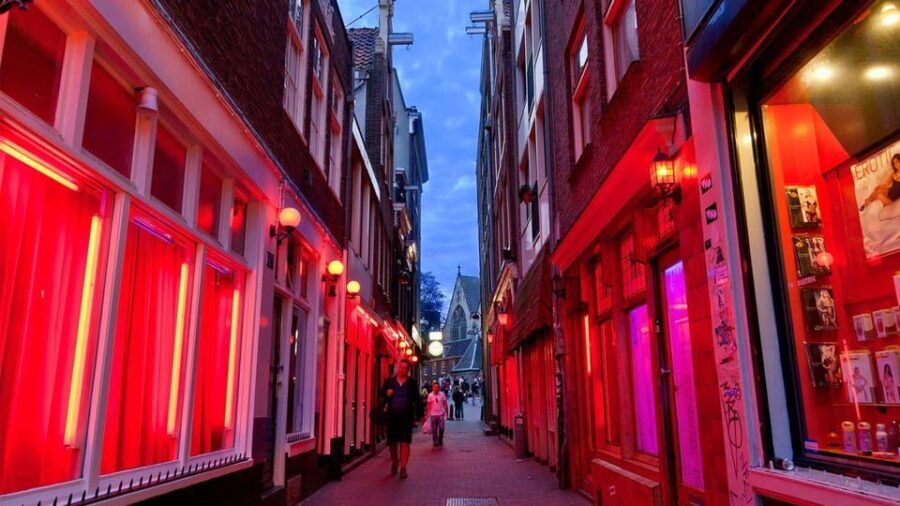
Amsterdam’s Red Light District traces its roots back to the medieval era, when the city’s first settlements emerged along the Amstel River.
During this time, the area now known as the Red Light District was home to various establishments catering to the needs of sailors, travelers, and the working class. The district’s proximity to the harbor and its bustling commercial activities made it a hub for entertainment and vice.
Over the centuries, the Red Light District evolved, adapting to the changing social, economic, and cultural landscape of Amsterdam.
Today, it remains a complex and contentious part of the city, reflecting its rich and multifaceted history.
Find more activities and experiences we've covered in Amsterdam.
Transformation of a Vice District
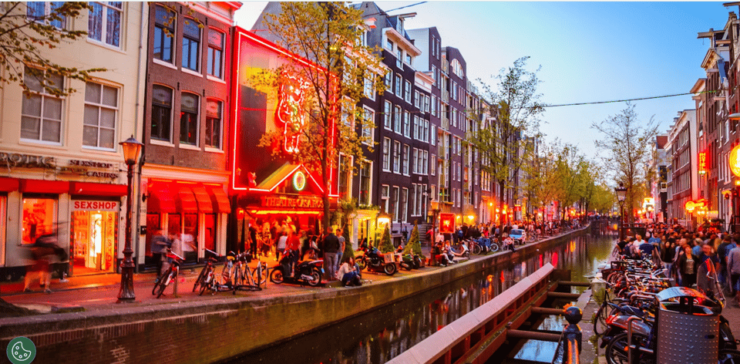
The Red Light District‘s transformation from a medieval hub of vice and entertainment into a complex, contested space reflects the evolving societal attitudes and policies surrounding sexuality and morality in Amsterdam.
Once a thriving center of illicit activities, the district has witnessed a gradual shift, with the city’s progressive approach to sex work and sexual health playing a significant role.
While the area still maintains its notoriety, it has also become a site of ongoing debates, initiatives, and public discourse, as Amsterdam navigates the challenges and complexities of balancing heritage, human rights, and evolving social norms.
Embracing Diversity: Zeedijk Street
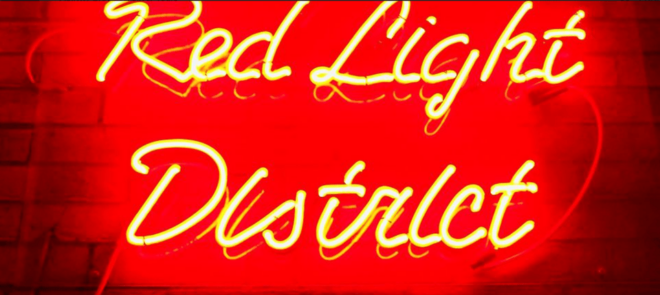
Zeedijk Street stands as a testament to Amsterdam’s celebrated diversity, weaving together a rich tapestry of cultures, histories, and vibrant urban life.
This historic avenue embodies the city’s progressive spirit, housing a melange of ethnic restaurants, lively pubs, and community centers.
Visitors can enjoy the district’s multicultural heritage, exploring:
- The Nieuwmarkt, a bustling square surrounded by buildings reflecting Dutch Golden Age architecture.
- De Waag, a former city gate that now serves as a cultural hub.
- Oude Kerk, Amsterdam’s oldest parish church, dating back to the 13th century.
- The Condomerie, a pioneering shop that symbolizes the city’s forward-thinking approach to sexual health and safety.
Iconic Landmarks: Nieuwmarkt and De Waag
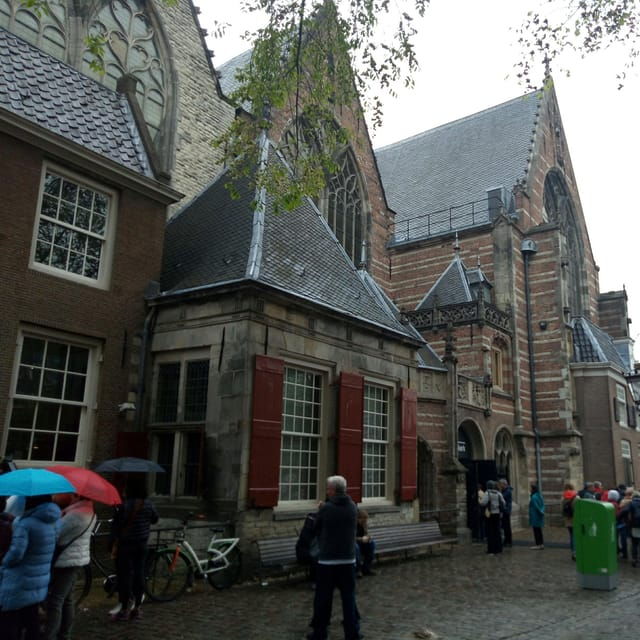
Nieuwmarkt, a bustling public square, stands as an iconic landmark in the heart of Amsterdam’s Red Light District. Surrounded by historic buildings, it’s home to De Waag, a former city gate that now houses a cultural center.
The square’s vibrant atmosphere reflects the district’s rich history, with its medieval roots and evolving role in the city’s social dynamics. Visitors can explore the area’s mix of traditional Dutch architecture and multicultural influences, uncovering the stories that have shaped this unique neighborhood over time.
Nieuwmarkt and De Waag offer a glimpse into the evolution of the Red Light District, serving as gateways to the district’s captivating past and present.
More Great Tours NearbyExploring the Canal Network
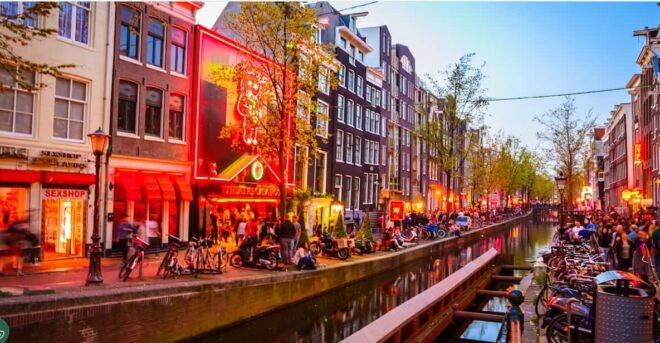
Continuing along the tour, visitors stroll along the Oudezijds Voorburgwal, a picturesque canal that forms the heart of Amsterdam’s intricate waterway network.
The serene cobblestone paths and charming historical buildings lining the canal provide a serene contrast to the bustling energy of the neighborhood.
As the tour progresses, the guide highlights the vital role the canals have played in Amsterdam’s development, including:
- Serving as major trade routes and transportation hubs
- Allowing the city to expand and connect different districts
- Reflecting the city’s architectural heritage and urban planning
- Providing a unique ambiance and vibrant atmosphere for locals and visitors alike
Navigating these historic waterways offers a captivating glimpse into Amsterdam’s rich past and its enduring character.
Oude Kerk: Amsterdam’s Oldest Building
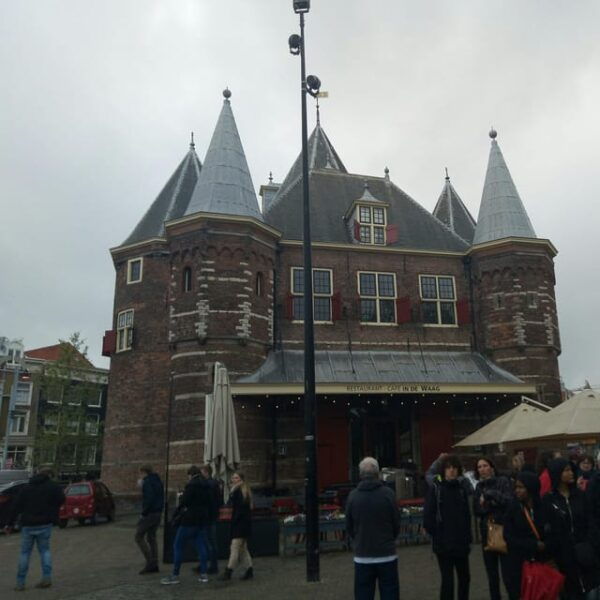
The tour’s next stop is the Oude Kerk, Amsterdam’s oldest building and a landmark that has borne witness to the city’s rich history.
Dating back to the 13th century, this gothic church stands as a testament to Amsterdam’s medieval roots. Visitors will be captivated by its intricate architecture, including the impressive tower and stained glass windows.
The Oude Kerk has played a significant role in the city’s religious and social dynamics, serving as a place of worship and a hub for community gatherings.
Today, it continues to fascinate travelers and locals alike, offering a glimpse into Amsterdam’s past and its enduring cultural heritage.
Warmoesstraat’s Social Dynamics
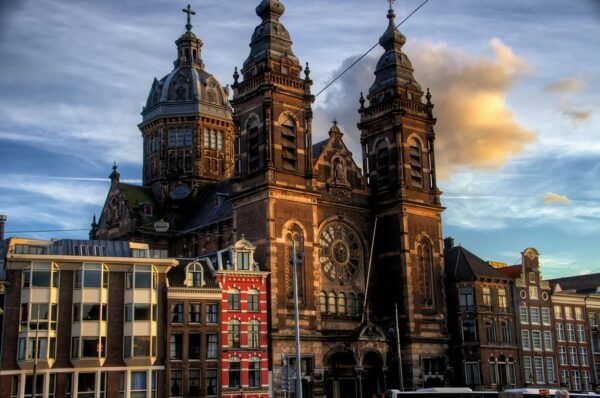
From the Oude Kerk, the tour now turns its focus to Warmoesstraat, a street that has played a significant role in shaping Amsterdam‘s social dynamics over the centuries.
This medieval thoroughfare has witnessed the ebb and flow of the city’s fortunes, serving as a hub for various industries, social classes, and cultural influences.
Warmoesstraat’s unique character is shaped by:
- Its diverse mix of residential and commercial properties
- The presence of historic inns, taverns, and brothels
- The intersection of trade routes and cultural exchanges
- The changing attitudes towards morality and social norms
This street’s evolution reflects the complex social tapestry of Amsterdam, offering insights into the city’s transformation from a medieval center to a modern, progressive metropolis.
Condomerie and Progressive Sexual Health
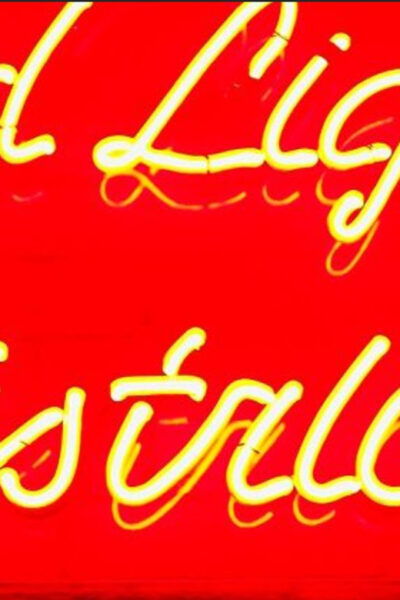
As the tour progresses, the group arrives at the Condomerie, a landmark that symbolizes Amsterdam’s progressive approach to sexual health.
This unique shop specializes in a wide range of condoms, promoting safe sex and destigmatizing the conversation around sexual wellbeing.
The Condomerie’s existence reflects the city’s commitment to empowering individuals to make informed and responsible choices.
By normalizing the discussion and accessibility of contraceptives, Amsterdam has taken a leading role in addressing public health concerns and fostering a sex-positive culture.
The tour guide explains how this innovative approach has contributed to the city’s reputation as a trailblazer in promoting sexual rights and reproductive health.
Frequently Asked Questions
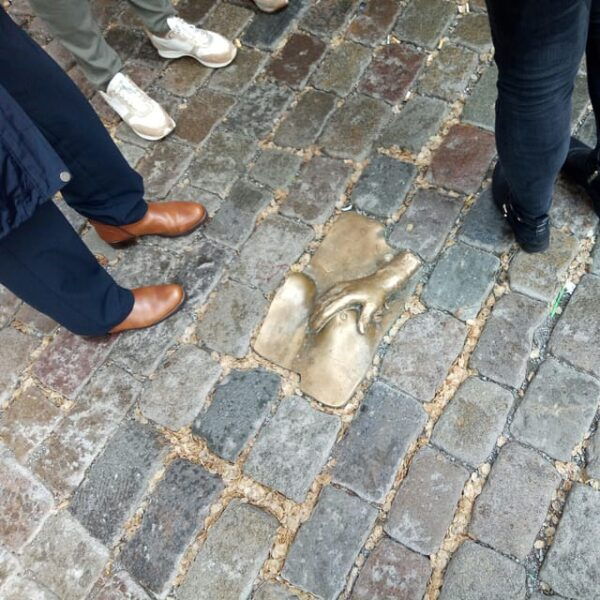
Is Photography Allowed Inside the Venues During the Tour?
According to the tour details, photography is not allowed inside the venues during the tour. The tour explicitly states "Not allowed: … photography inside venues".
What Is the Minimum Age Requirement for Participants?
The tour is suitable for adults, but not recommended for children under 15 years old. The minimum age requirement is 15 years old, and photography inside the venues is not allowed during the tour.
Can I Bring Alcohol or Drugs on the Tour?
No, alcohol and drugs are not allowed on the tour. The tour guidelines explicitly state that participants cannot bring alcohol or drugs, and unaccompanied minors are also not permitted.
Are There Any Accessibility Options for Wheelchair Users?
The tour is not recommended for wheelchair users. According to the participant information, the tour isn’t suitable for those in wheelchairs due to the nature of the walking route and stops along the way.
Is There a Dress Code or Recommended Attire for the Tour?
The tour doesn’t have a strict dress code, but comfortable shoes and clothes are recommended. Visitors should avoid wearing anything that could be considered inappropriate or disruptive in the tour’s venues and neighborhoods.
The Sum Up
The Red Light District in Amsterdam has evolved from its medieval origins to a complex space reflecting modern societal values. It’s now a vibrant hub of cultural diversity, architectural beauty, and public discourse, balancing its rich history with contemporary discussions on morality and human rights. The district’s transformation speaks to the city’s progressive attitudes towards sex work and health.
You can check availability for your dates here: More Great Tours NearbyMore Tour Reviews in Amsterdam
Looking for something different? Other Amsterdam activities we've written about
- Bruges Day trip from Amsterdam
- Cross Into Belgium from Amsterdam: Unique Border Day Trip!
- From Amsterdam: Day Trip to Formula 1 Belgium Grand Prix
- From Amsterdam: Cologne & Antwerp Full-Day Tour
- From Amsterdam: Private Tour to Bruges with Guide
- From Amsterdam: Private Day Trip to Bruges
- From Amsterdam: Private Sightseeing Tour to Bruges
- Amsterdam Aperol Spritz Cruise
- Amsterdam Sightseeing Canal Cruise with Audio Guide
- 5 Hours Private Tulip Experience at Keukenhof Gardens
- Amsterdam Self-Guided Food Walk: City Bite Tours
- Private Zaanse Schans and Volendam Tour from Amsterdam
